
The Operation Theatre Door That Sent A Chill Down My Spine
- By:ren
- 2022-11-04
- 29
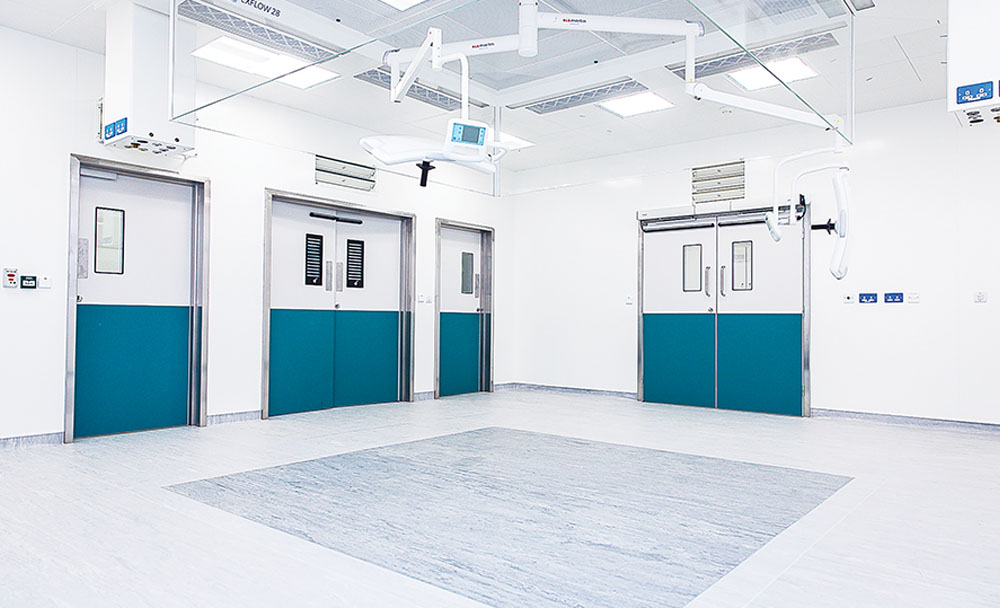
In a perfect world, every organization would be able to respond immediately to the needs of their communities. Natural disasters such as hurricanes, tornadoes and earthquakes strike without warning. When they do, non-governmental organizations and businesses that operate in the affected areas need to have a plan in place quickly. With an effective supply chain management system in place, organizations that operate in risky areas can ensure they have the materials they need on hand and ready to ship at all times. That way, when disaster strikes they can respond immediately with whatever goods are needed most.
Plan ahead for fast response times
One of the main advantages of an effective supply chain management system is that it allows organizations to respond more quickly to events. This can make the difference between life and death in certain situations. In the wake of a natural disaster, organizations need to move quickly to get their hands on the resources they need to respond. That might mean shipping medical supplies, food and blankets to affected areas or even chartering flights to evacuate people. When you have a well-established supply chain, you can get the items you need to where they need to go quickly. That’s especially important when lives are at stake.
Build a buffer into your supply chain plan
There are times when natural disasters are predictable, like an approaching hurricane season. Other times, though, crises can strike without warning. When that happens, you need to have a buffer built into your supply chain plan. This is especially important if you operate in an area that’s prone to natural disasters. There are certain things you should have on hand at all times, like basic life supplies like water, food, first aid and blankets. You should also have enough medical supplies to treat the expected injuries. Depending on where you operate, those supplies might include things like special gloves and masks to protect against infectious diseases. While you can never be 100% prepared for every situation, having a buffer in your supply chain plan can help you respond quickly when disaster strikes.
Rotate inventory and know what's available
Determine what products would be most helpful in the event of a natural disaster. Keep an adequate supply of those items on hand at all times. You don’t want to run out of supplies in the middle of a crisis. If you do, it could delay your response to the needs of your community. That could cost lives. At the same time, you don’t want to keep too much of any one item. Rotating your inventory helps you avoid having to dispose of items and find new suppliers every few months, which is time-consuming. That’s especially useful in areas prone to extreme weather, which can affect supply chains.
Establish relationships with local suppliers
If you’re operating in an area prone to disasters like hurricanes, you’re likely to experience shortages of some materials. In the wake of Hurricane Maria, for example, the island of Puerto Rico lost access to some basic life supplies, including water and food. To address that, businesses that operate in the area should have a plan in place to get those supplies to where they’re needed. Having an effective supply chain management system in place makes that easier. That system will allow you to identify the products you need and get in touch with suppliers who can provide them. That could include finding a nearby supplier or contracting with a company that can ship products to you from a different location.
Use technology to boost your supply chain
As you’re managing your supply chain and looking for ways to respond more quickly, technology can be a valuable ally. That applies to everything from monitoring the status of products in transit to streamlining internal communications. Some businesses will use software to create supply chain models. These are helpful for visualizing what products need to move through the supply chain, how long it takes for them to reach different points along the way and when they should arrive. When a hurricane is expected to hit, you can use that software to predict where disruptions to your supply chain are likely to occur. Then, you can take steps to address them. Now, technology has advanced so far that organizations can even track their supplies in real time. That might include monitoring the humidity and temperature inside a truck or a warehouse or the location of shipping containers.
Conclusion
When disaster strikes, organizations need to be ready to act quickly. Those that have an effective supply chain management system in place can respond immediately. That means getting the right supplies to the right people at the right time. When you have an effective supply chain in place, you can respond quickly and efficiently when disaster strikes. That can make all the difference in the world.
-
 Cleanroom Glass Windows Are The Key to Maintaining a Clean Environment
Cleanroom Glass Windows Are The Key to Maintaining a Clean Environment -
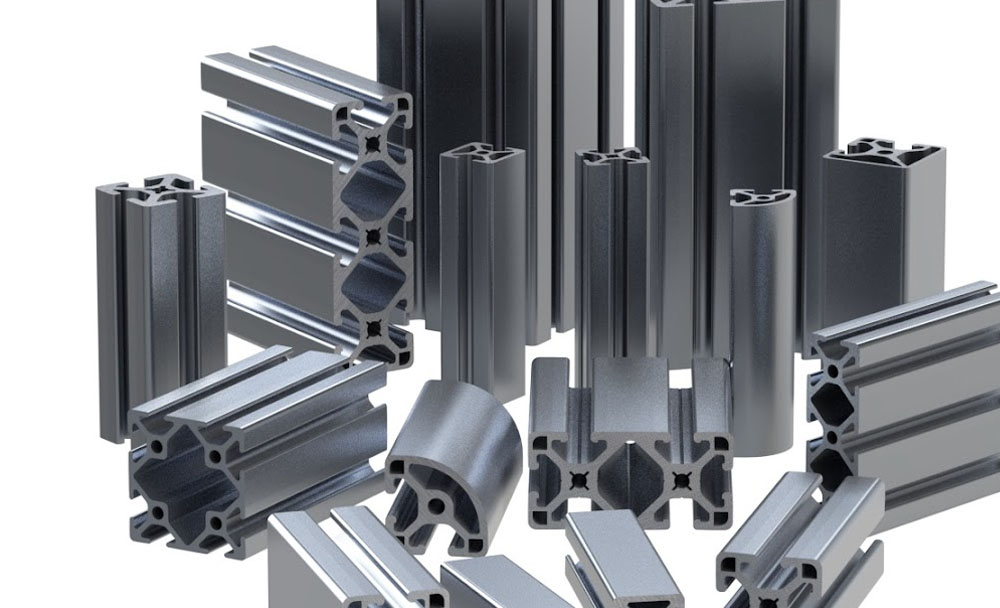 Top Aluminium Profile Manufacturers in China: Leading the Global Market
Top Aluminium Profile Manufacturers in China: Leading the Global Market -
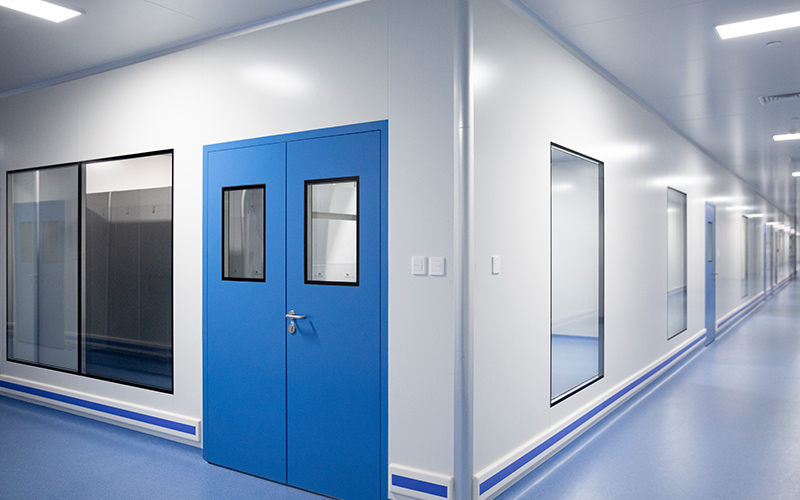 The Evolution of Air Tight Sliding Doors
The Evolution of Air Tight Sliding Doors -
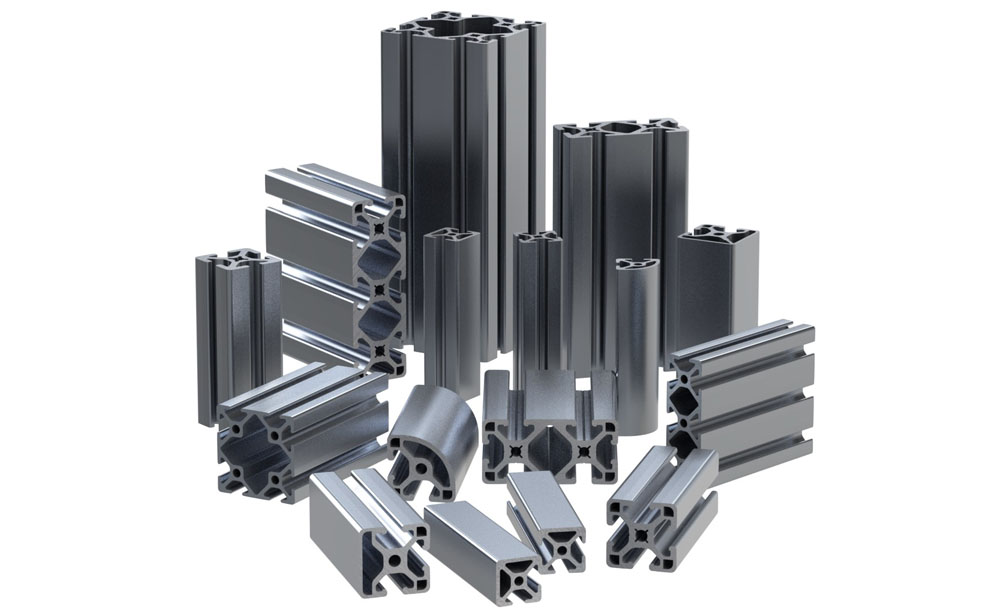 AHU Aluminium Profile: A Comprehensive Guide
AHU Aluminium Profile: A Comprehensive Guide -
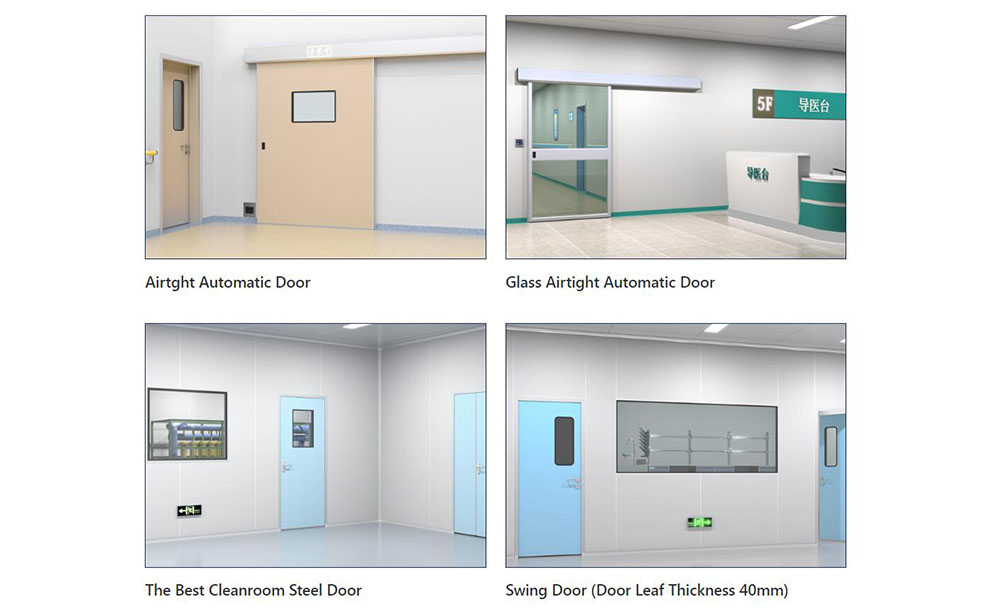 The Importance of Choosing the Right Cleanroom Door in Vietnam
The Importance of Choosing the Right Cleanroom Door in Vietnam -
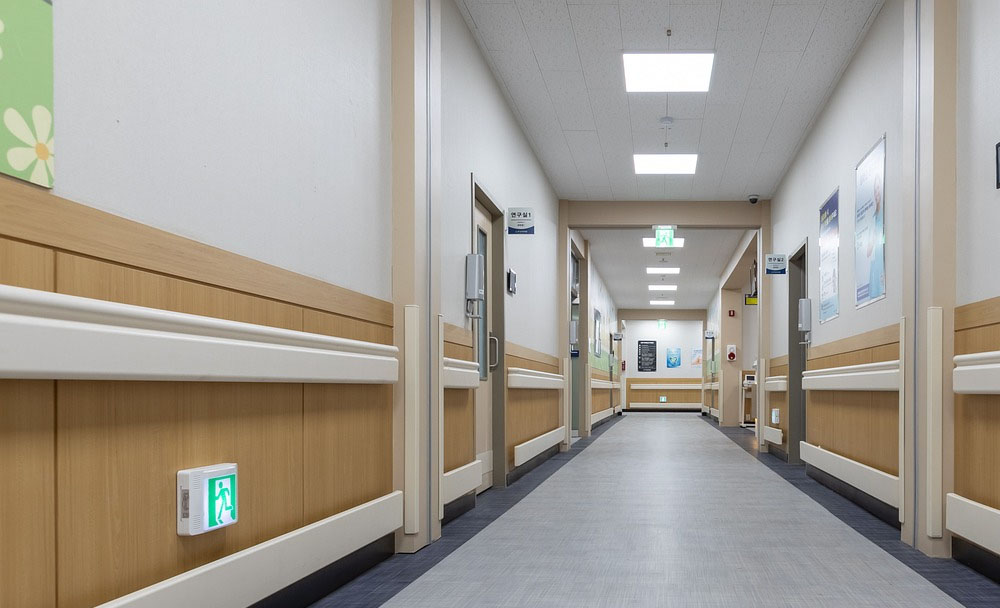 The Benefits of Hospital Automatic Doors: Enhancing Efficiency and Safety
The Benefits of Hospital Automatic Doors: Enhancing Efficiency and Safety -
.jpg) The Best Bathroom Door Manufacturers - Unlocking Endless Possibilities!
The Best Bathroom Door Manufacturers - Unlocking Endless Possibilities! -
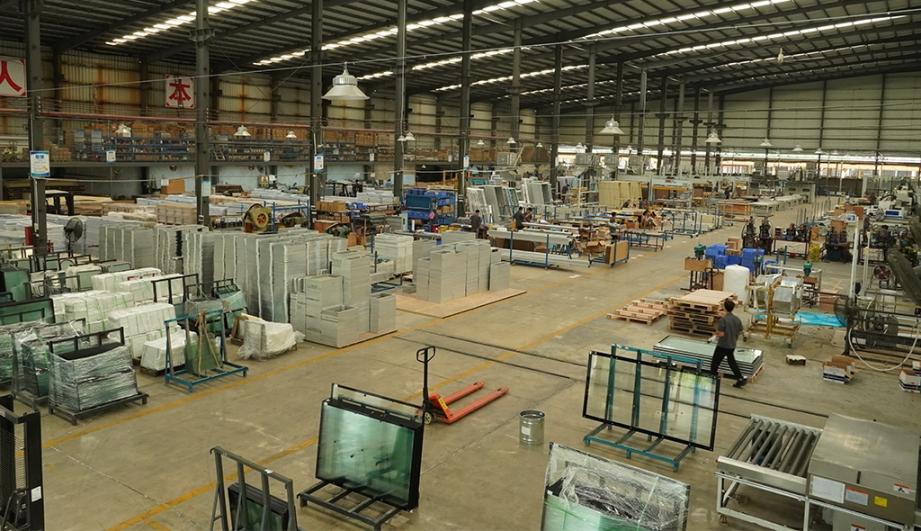 Unlock the Possibilities with AJ Manufacturing Doors
Unlock the Possibilities with AJ Manufacturing Doors -
 Make a Statement with Manufactured Home Interior Doors!
Make a Statement with Manufactured Home Interior Doors! -
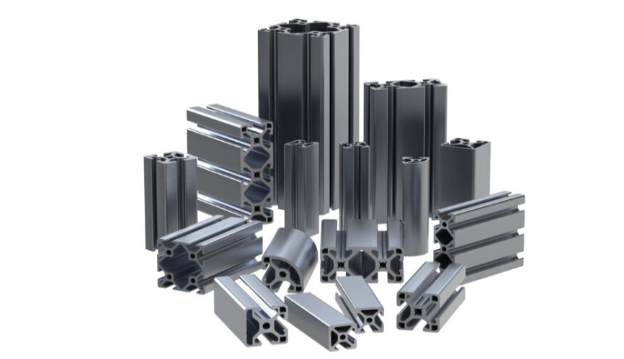 what is aluminum profile? Aluminum Profiles for Your Home is the best option
what is aluminum profile? Aluminum Profiles for Your Home is the best option
-
 Next-Gen Medical Cleanroom Access: Introducing the Cleanroom Steel Door Solution
Next-Gen Medical Cleanroom Access: Introducing the Cleanroom Steel Door Solution -
 Linear Bar Grille Air Conditioning Diffuser with 0° Angle Blades for Perfect Airflow
Linear Bar Grille Air Conditioning Diffuser with 0° Angle Blades for Perfect Airflow -
 The Sleek and Efficient Linear Slot Diffuser for Air Vent
The Sleek and Efficient Linear Slot Diffuser for Air Vent -
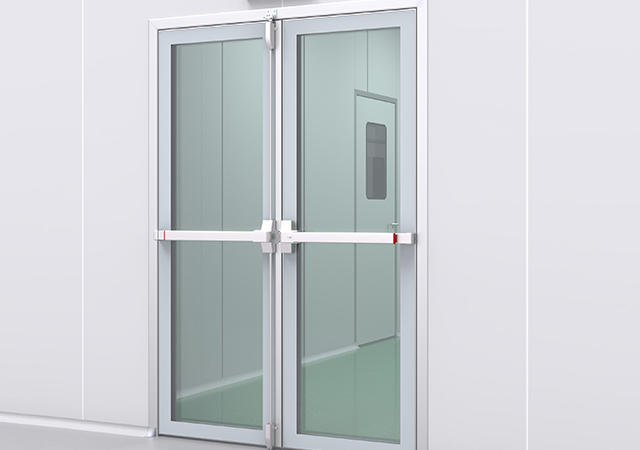 Double-Swing Glass Doors - Modern Laboratory Cleanroom Doors
Double-Swing Glass Doors - Modern Laboratory Cleanroom Doors -
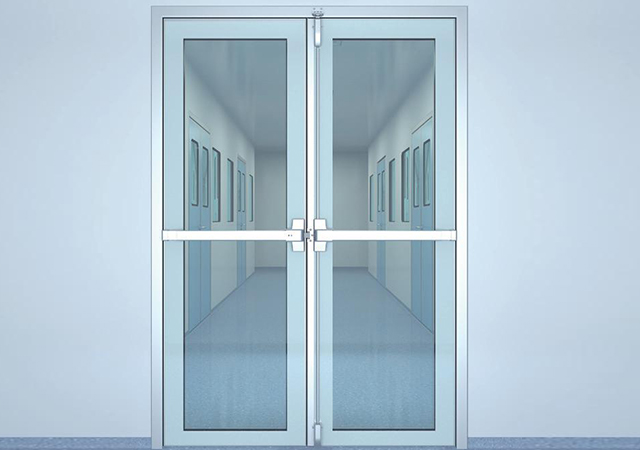 Superior Aluminium Glass Swing Door - Pharmaceutical Cleanroom Door
Superior Aluminium Glass Swing Door - Pharmaceutical Cleanroom Door -
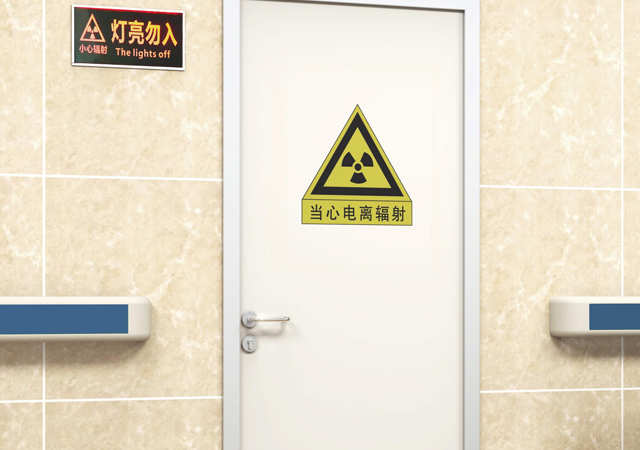 E-ZONG Leads the Way in China's Medical Lead Protection Doors: Innovation for Safety and Efficiency
E-ZONG Leads the Way in China's Medical Lead Protection Doors: Innovation for Safety and Efficiency -
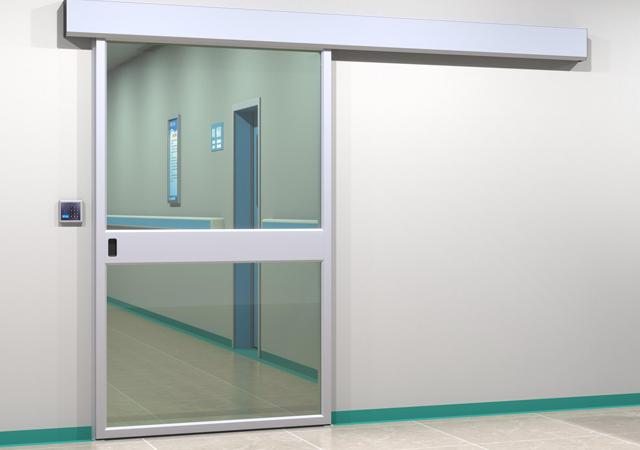 E-ZONG: Leading the Suppliers of Glass Airtight Automatic Doors for Safer, Cleaner Spaces
E-ZONG: Leading the Suppliers of Glass Airtight Automatic Doors for Safer, Cleaner Spaces -
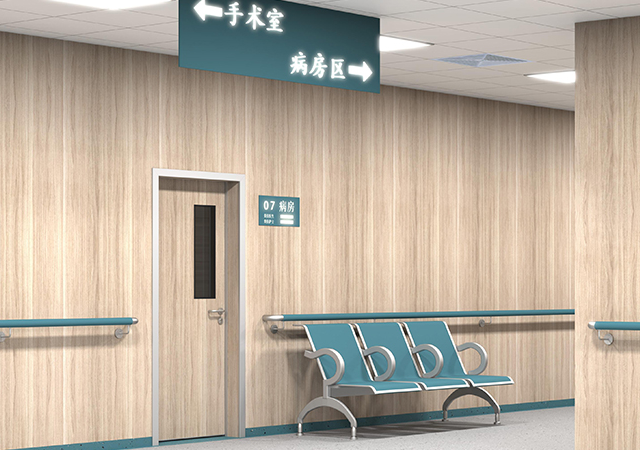 How Wall Air-Tight Swing Doors Ensure Clean Environments With Secure & Silent
How Wall Air-Tight Swing Doors Ensure Clean Environments With Secure & Silent -
 Seamless Automatic Cleanroom Sliding Doors: Smooth, Safe, and Hygienic Solutions
Seamless Automatic Cleanroom Sliding Doors: Smooth, Safe, and Hygienic Solutions -
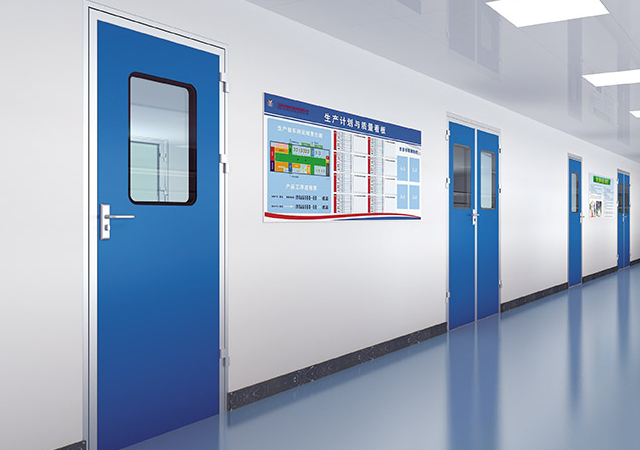 Elegant & Durable: Premium Swing Door Protection for Hospitals
Elegant & Durable: Premium Swing Door Protection for Hospitals

Guangzhou Yizhong Aluminum Industry Co., Ltd.
We are always providing our customers with reliable products and considerate services.
We are always providing our customers with reliable products and considerate services.

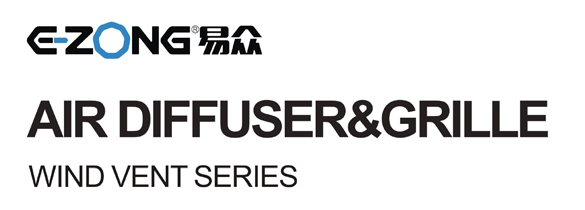








Speak Your Mind